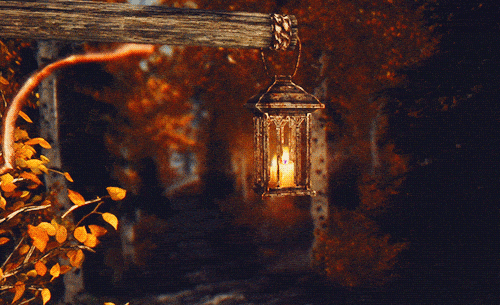And, if you care to look down you will notice that some fungi friends are making their presence known. Yes, September is the time that mushroom season begins in the natural world! Of course, magic mushroom grow kits mean it can be shroom season all year round — but we think it is also vital to show appreciation for Mother Nature’s own schedule. Paying attention to the planet’s natural rhythms is more essential than ever in the light of the climate crisis.
So! To celebrate the bursting forth of all the little mushies from the autumn earth, we have decided to christen this month Shroomtember! A time to enjoy all things fungi. A time to think about the humble mushroom’s journey — an ancient organism under-appreciated by Western science for a very long time — to potential saviour of the world!
Magic Shroomtember…
Of all of the different psychedelic substances, magic mushrooms are one of the most popular. We don’t have to tell you that. Of course, LSD and 2CB etc. all offer an excellent trip. However, it’s the fact that magic mushrooms are natural that sets them apart. These entheogens, that sprout from the ground, have been intertwined with human history for Millenia, from ceremonial use, to ancient folklore and mythology.
Exploring Fungi
Before there were webshops like ours, many people took their chances foraging for their own shrooms. Sometimes, they’d strike tripper-gold, but more often than not, even experienced mushroom foragers would make a mistake and become gravely ill, or even die, from consuming the wrong fungus. Because of this we DO NOT recommend using this article as a guide with which to hunt for magic mushrooms (unless you are being guided by a professional- i.e a mycologist.) Rather, it is an exploration into the ancient knowledge of fungi, as well as a look at how the shrooms you purchase from us as grow-kits can exist in the wild.
A Vast Range of Species
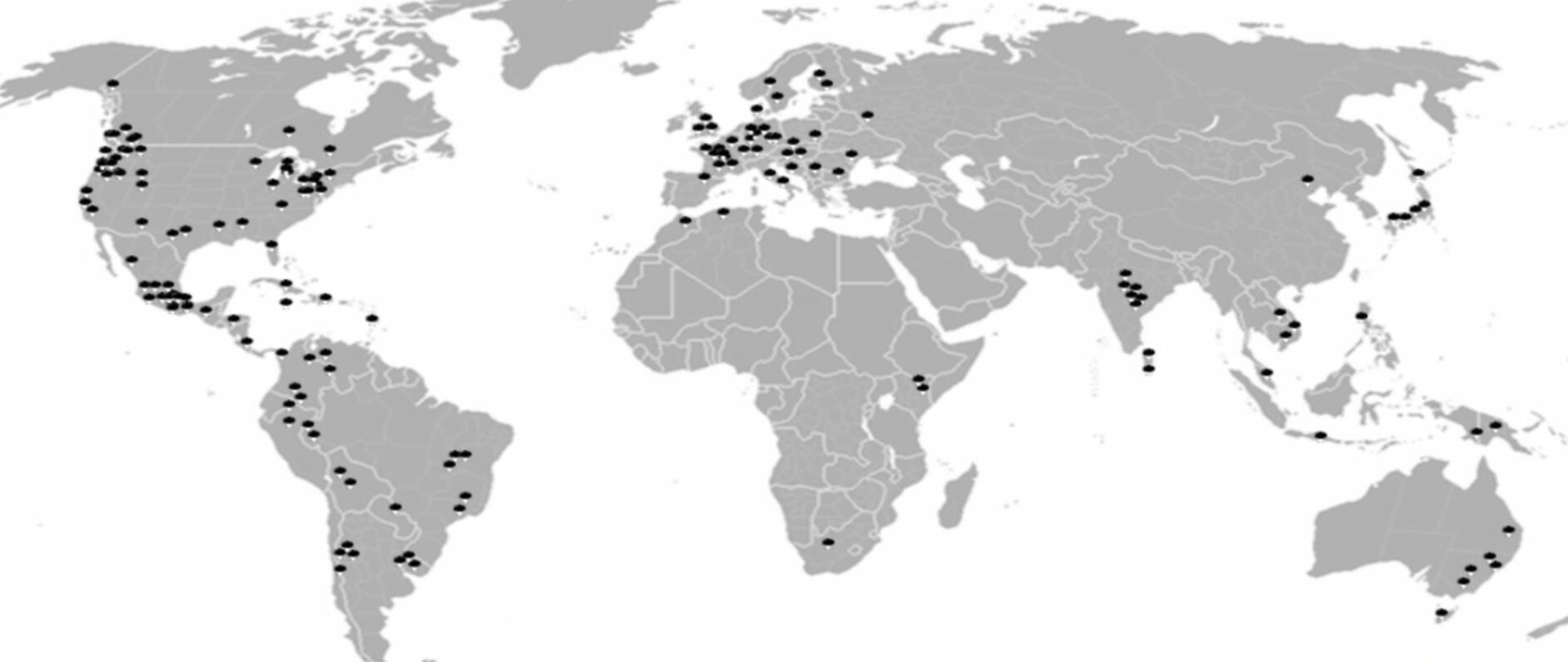
The range of mushroom species is exceptionally vast. 227 of these are psilocybin containing— a large amount to choose from in this category alone. Of these, 53 grow in Mexico, 22 in North America, 19 in Australia and the Eastern Islands, 16 in Europe and 15 in Asia. Some of these overlap and grow in multiple locations, and others are native to just one area.
Damp Dwellers
Like all mushrooms, magic mushrooms flourish in damp and humid conditions. Dry air, wind and prolonged lack of rain will likely kill them. Due to this, you will most likely find them growing happily in rotting wood, fallen leaves, mulch or lovely nutritious animal dung. They do not have to grow in a dark environment, but the less sunlight that can penetrate, the more moisture the air can retain. Good places to start looking for shrooms therefore, are densely forested areas nearby bodies of water.
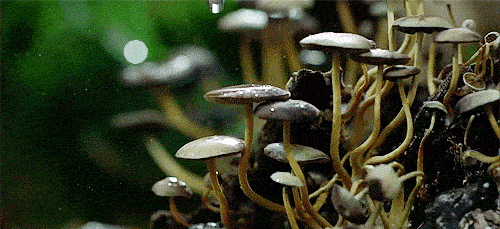
‘True’ Shroom Season
It follows then, that the season that is most conducive for the growth of shrooms, is damp and humid autumn (or fall). The green leaves of summer have turned brown and dropped to the ground, to be turned into a shroom’s dream home by the drizzle and rain. During the summer, the underground mycelium networks of magic mushrooms grow furiously underground. Lying in wait for moisture, by the time the autumn showers arrive they are primed to burst to the surface. You can of course find mushrooms growing anytime of year in environments that maintain consistent humidity, but autumn is thought to be ‘true’ shroom season.
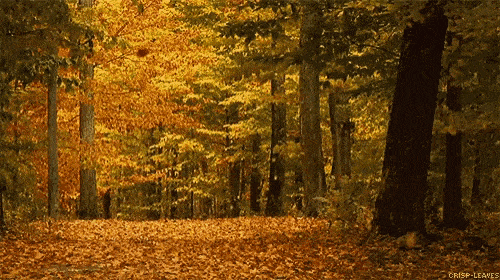
Be Specific
When searching for magic mushrooms it is recommended to focus on a specific type. Some types of psilocybin mushroom may have slightly different needs. By choosing which one/ones to focus on the search can be narrowed down to particular environments. Here are some of the most common magic mushrooms that can be found in the wild:
A Mushroom Hunter’s Guide
Psilocybe Cubensis
Psilocybe cubensis is the most popular strain of psychedelic mushroom. Growing mainly in tropical and subtropical climates, they can be found in the Americas and south-east Asia. These shrooms can often be seen clustered in cow dung enjoying the nutrients. When fully grown they become the classic parasol shape, and their caps vary from light to golden brown in colour. One popular type of psilocybe cubensis is known as ‘Golden Teacher’. Check our cubensis grow-kits here!
Psilocybe Cyanescens
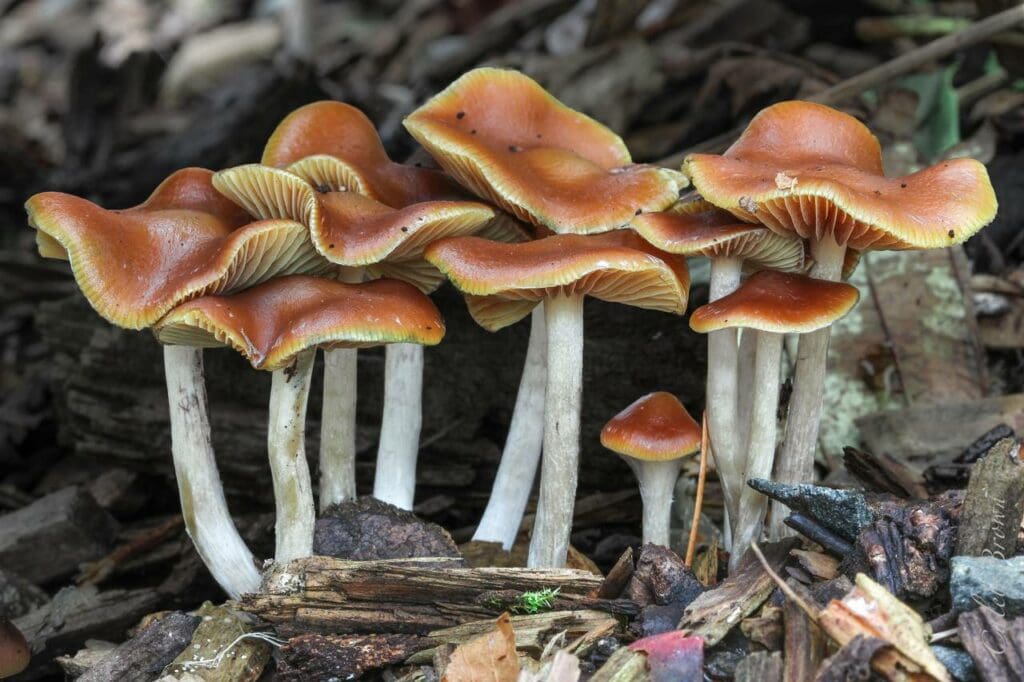
This strain of magic mushroom is distinctive due to its undulating head, leading it to be known as ‘wavy cap’. These mushrooms, known to be especially potent in psychedelic effect, can be found in parts of the USA, Central and Western Europe, parts of Asia and New Zealand. There is also new research that suggests that the Ancient Egyptians may have used these shrooms for religious ceremonies, in fact there even seems to be pictorial evidence of these shrooms on the ancient Egyptian hieroglyphs.
Psilocybe Semilanceata
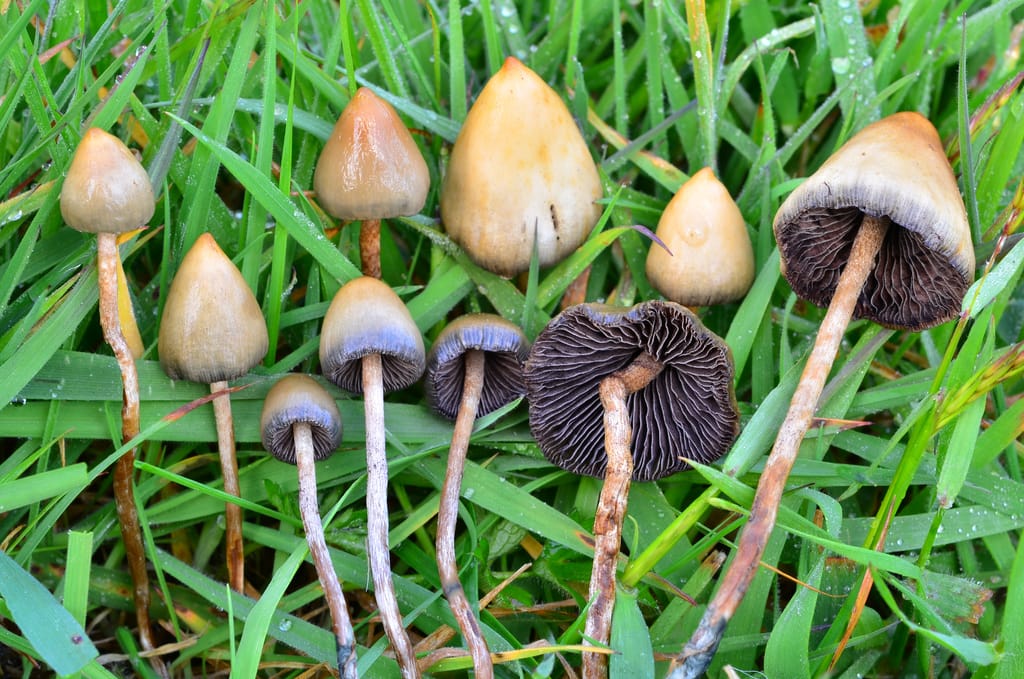
This little shroom is more commonly known as ‘Liberty Cap‘, due to its large pointed head. They have slender, sometimes wiggly stalks, and are known to be particularly strong hallucinogens. They grow well in fields and grasslands, often populated by sheep, in many locations across the globe. These include Europe, North and South America, Asia, Australia and New Zealand.
Psilocybe Mexicana
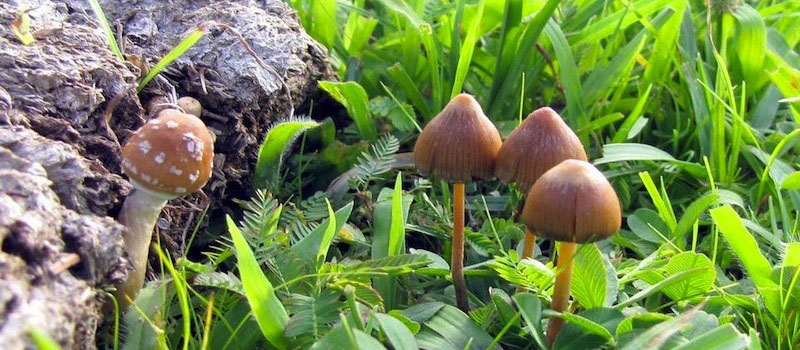
The strain psilocybe mexicana originates from, you guessed it, Central and South America. They have been used for thousands of years by the indigenous people of the area for religious and spiritual ceremonies. Psilocybe mexicana are similar in appearance to p.semilanceata, due to their pointed bell-shaped head. They will grow both solitarily and in groups. They tend to appear in grassy forest areas, meadows, or even with moss on roadsides, usually between May and October.
Psilocybe Azurescens
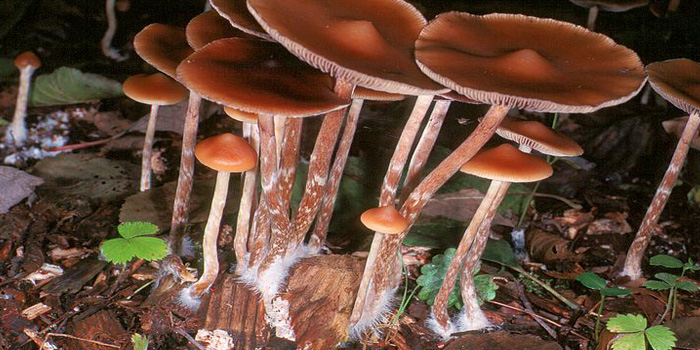
This slim-stemmed shroom is also known as the ‘Flying Saucer Mushroom’ due to the shape of its cap. They are also the most potent of the psilocybe genus. It has the highest concentration of psilocybin and psilocin at 1.80%. Additionally, it boasts ten times the amount of baeocystin (the chemical analog of psilocybin) of psilocybe cubensis, which contributes to its strength. It is found on the West Coast of the USA, specifically Washington and Oregon. It grows in the grass of dunes along the coast, and can usually be found from September to January, braving the winter frost.
Be Sure What Shroom You’re Getting
So, now you know a little more about where those magic mushrooms originate from, thanks to The Shroom Hunter’s Guide. We must repeat however, that foraging for magic mushrooms in the wild can be dangerous even for those who might consider themselves shroom experts, let alone beginners. For a verified and safe magic mushroom experience, we recommend our magic truffles or grow kits, where you can be sure exactly what shroom you’re getting.
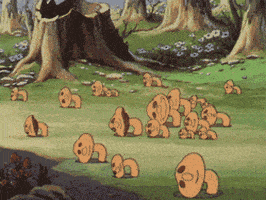
Happy Shroomtember!

